At least 702 Iowans have died from novel coronavirus infections, according to the state’s official website at midday on June 26. Less than four months since the state recorded its first case, the death toll from COVID-19 alone is higher than the number of Iowans who have died in any recent year of flu or pneumonia, which has been the state’s eighth leading cause of death. Those fatalities occurred despite social distancing and other unusual precautions like restricted nursing home visits since March.
Statistics archived by the U.S. Centers for Disease Control indicate that 697 Iowans died of flu or pneumonia in 2018, reflecting a worse than usual flu season. Iowa deaths in that category numbered 582 in 2014, 618 in 2015, 504 in 2016, and 578 in 2017.
Daily COVID-19 deaths have been trending downward for about a month in Iowa, following the decline in hospitalizations, which peaked here in early May. After fatalities passed the 200 mark on May 3, it took only seven days for that number to reach 300, eight days to reach 400, and another eight days to reach 500. Twelve days passed before the state reported that 600 Iowans had died. Nineteen days later, the number now exceeds 700.
I plotted Iowa’s recorded coronavirus deaths on this graph. Totals for the last several days will likely increase as more fatalities are reported to the Iowa Department of Public Health. Also note that official numbers likely understate the real death toll, as some Iowans exposed to the virus died before a test could be taken or processed.
The red line represents the seven-day moving average, and the green line represents the linear trend. Numbers for each day reflect the date listed on the death certificate. The record number of deaths for a single day was 19, reported on May 22 and May 24.
The state website includes this map, showing COVID-19 deaths by county. Polk County has lost the most residents to the virus (174), followed by Linn County (81), Black Hawk (57), and Woodbury and Muscatine (44 each).
The latest official figures show 141 Iowans are hospitalized for COVID-19, down from more than 400 seven weeks ago. The state continues to report hundreds of new coronavirus cases daily, but a majority of the affected people are adults between the ages of 18 and 40, Governor Kim Reynolds said at her June 25 news conference. Since younger people are less likely to have life-threatening complications, this rapid community spread may not immediately cause an uptick in hospitalizations.
However, the COVID modeling website created by University of Iowa researchers projects that with no further intervention, daily infections will surge sometime in July, and deaths will begin to increase rapidly shortly thereafter.
The tool allows users to see how different approaches could affect the number of new cases and deaths. I created the next four charts on the morning of June 26. They project cases or deaths with no intervention (the red line), as well as how recommending that all Iowans wear face shields in public might mitigate COVID-19 spread and save lives. The colored lines assume universal PPE recommendations take effect on the date specified.
Projected daily new COVID-19 cases:
Projected total cases:
Projected daily deaths:
Projected total deaths:
On June 18, the state website began to break down COVID-19 cases and deaths according to whether the person had a known pre-existing condition. Here’s a screen shot of that part of the deaths page, shortly before noon on June 26.
The site doesn’t specify which diseases or chronic conditions factor into those calculations. A spokesperson for the Iowa Department of Public Health told me they consider medical conditions like those the CDC lists as elevating a person’s risk for severe COVID-19 illness, such as diabetes, obesity, an immunocompromised state, or chronic conditions of the heart, lungs, or kidneys.
Dr. Megan Srinivas, an infectious disease specialist practicing in Fort Dodge, commented on Twitter that presenting the data this way is “very misleading. Pre-existing conditions like high blood pressure or asthma can be well-controlled & NOT significantly shorten someone’s life.”
Following the pattern observed everywhere the pandemic has struck, older Iowans are far more likely to die if they contract COVID-19. About 47 percent of those who have died were “elderly” (over age 80), and another 40 percent were between the ages of 61 and 80. But only 4 percent of known Iowa cases occurred among the elderly group, and 12 percent among older adults.
Conversely, younger adults (ages 18 to 40) represent 46 percent of known coronavirus cases in Iowa but only 2 percent of the deaths. Middle-aged people (41 to 60) represent 33 percent of confirmed cases but 10 percent of deaths.
Racial disparities in Iowa’s COVID-19 deaths continue to be less pronounced than the disparities in confirmed cases. That is likely because the overwhelming majority of Iowans living in long-term care facilities are white, and because many people of color employed in workplaces that have had massive outbreaks are in the younger age groups, where severe complications are less common.
The latest official figures show that Latinos (who make up about 6.0 percent of Iowa’s population) account for 26 percent of known COVID-19 cases and 7.1 percent of deaths. African Americans (4.0 percent of the population) account for 10 percent of cases and 4.8 percent of deaths. Asian Americans or Pacific Islanders (2.9 percent of the population) account for roughly 8 percent of known cases and 5.0 percent of deaths. American Indians (0.5 percent of the population) account for 1 percent of cases and 0.7 percent of deaths.
Top image created by the Centers for Disease Control to illustrate “ultrastructural morphology exhibited by coronaviruses.”


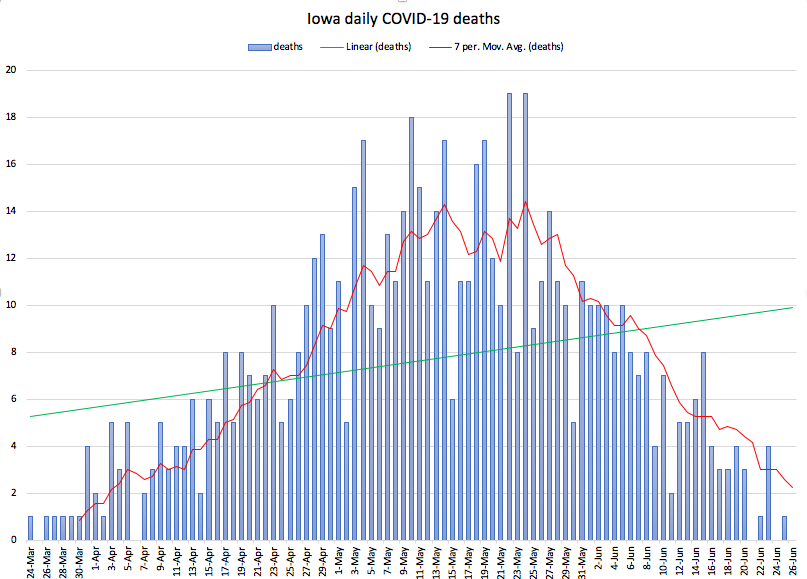
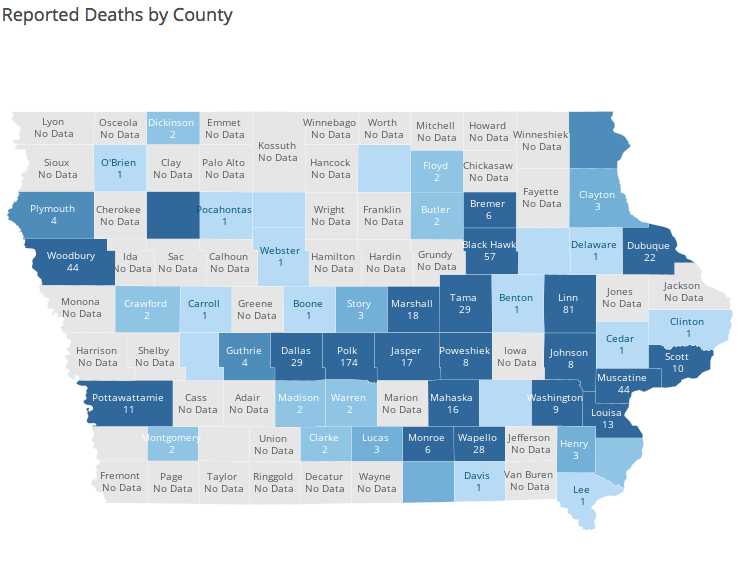
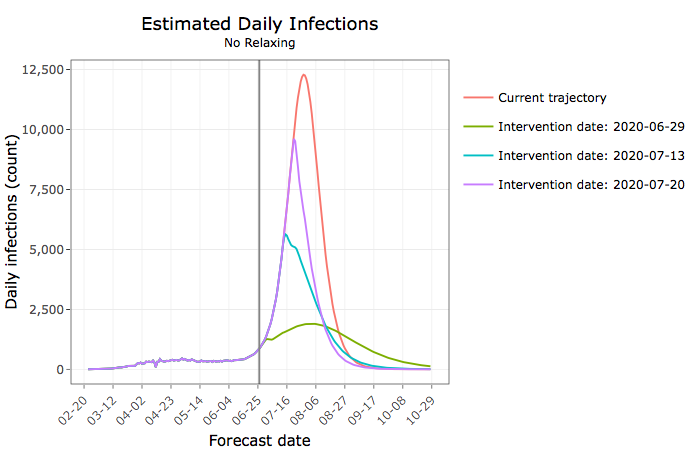
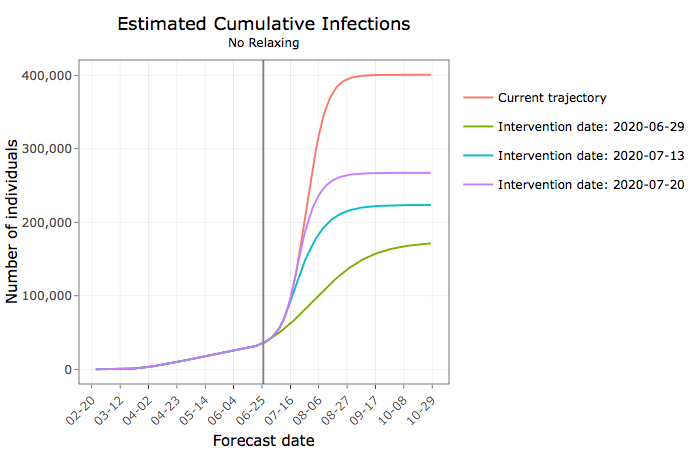
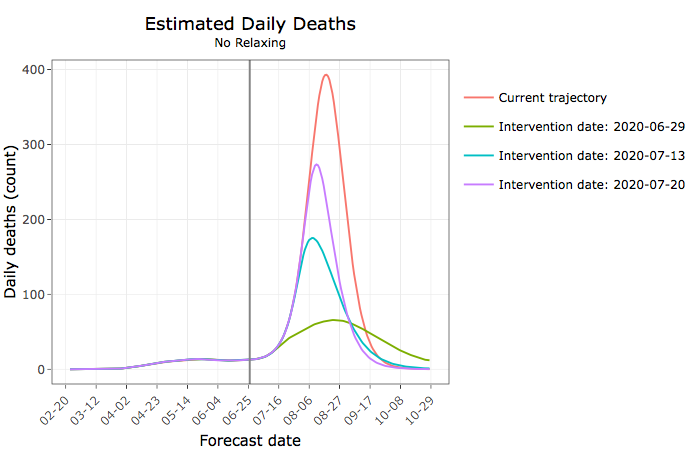
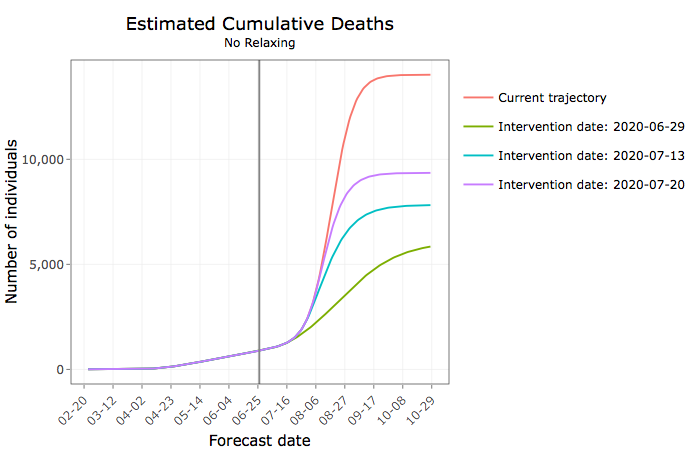
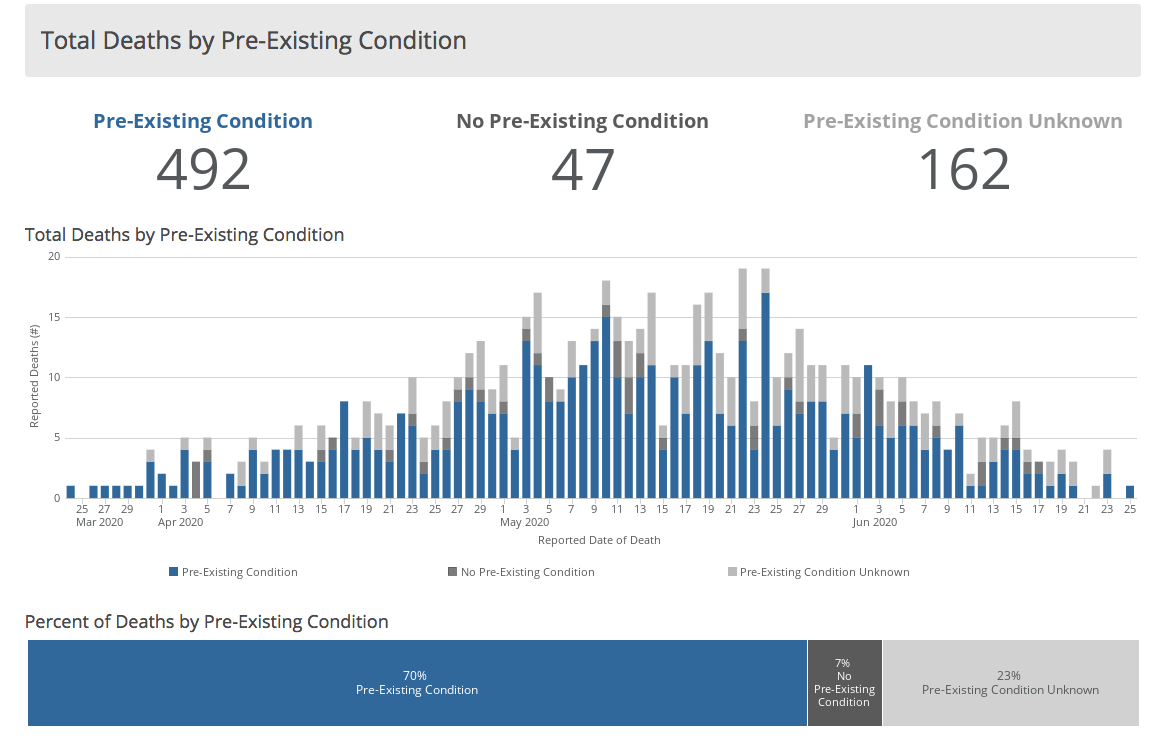
6 Comments
If one googles "long-term health effects of covid-19"...
…one encounters many questions and some disturbing observations. We don’t yet know what “recovery” from this illness will mean in the future, statistically, and that’s something to keep in mind when looking at IDPH dashboard info.
I know someone who officially recovered from polio long ago. But she has experienced post-polio symptoms, which can show up decades after recovery.
PrairieFan Fri 26 Jun 2:04 PM
important point
There is already some evidence of long-term organ damage among some recovered patients.
Post-polio syndrome can be incredibly painful, from what I’ve heard.
Laura Belin Fri 26 Jun 2:50 PM
Other U.S. states are in even worse shape, BUT.....
If Iowa were a nation, it would rank in the top 50 of the most Covid-infected, out of approximately 200 nations reporting cases. (44th or 46th depending on data source — whether from the high schooler Avi Schiffmann in Washington State or the pros at Johns Hopkins, respectively.)
Iowa Population
3.155 million (2019)
Confirmed cases 27,686
Numbers from a few of our “peers” as of this afternoon, all with a larger population than Iowa:
Ireland Population
4.904 million (2019)
Confirmed cases 25,414
Israel Population
8.884 million (2018)
Confirmed cases 22,800
Greece Population
10.72 million (2019)
Confirmed cases 3,343
Finland Population
5.518 million (2019)
Confirmed cases 7,191
Australia Population
24.99 million (2018)
Confirmed cases 7,595
South Korea Population
51.64 million (2018)
Confirmed cases 12,602
Japan Population
126.5 million (2018)
Confirmed cases 18,110
Yeah, I know your post was primarily about deaths, and I didn’t look at that. Was just noodling the time away inside today away from the humidity. Really missing hoops at the Y, and that ain’t gonna happen any time soon.
Fly_Fly__Fly_Away Fri 26 Jun 6:02 PM
I know people in Japan...
…so for the past few months, I’ve been following the numbers that show how Iowa has managed to leave Japan in the dust, re covid infection numbers, even though Iowa has only about two percent of Japan’s population. Not an achievement to boast about.
PrairieFan Fri 26 Jun 6:28 PM
No. No it's not.
Something I’ve been wondering about a lot in past few weeks, and have seen nothing written on since a brief flurry in April and maybe early May is contact tracing in Iowa. So, how is it going? Is it working well? What are the challenges? (Like, say, oh, we didn’t get the test result back for like a week or ten days, so in the meantime….) Do we have enough people doing the tracing? What have their experiences been like and what are their impressions regarding how well/bad/in-between it’s working? Laura, if you’re listening…or anyone at the Register or Gazette or Capital Dispatch or Iowa Starting Line…anyone in Iowa media…a dispatch from this field would be welcome, I think.
Fell asleep last night before finishing a Wired article on the Google/Apple efforts to bring smart phone technology to contact tracing. Didn’t finish, but the vibe was clearly, yeah, no, this ain’t gonna work well, as there are far too many devils and oh shits in the technical details and in human behavior. What works best is dogged human intel.
I’m worried about this fall, when kids bring it all home to families everywhere. Nothing has changed since schools were closed, except that it is more widespread than then, but we do have more testing. I’m hoping, but not sure, that we’re past the mid-way point of the first QUARTER of this contest. I think no one knows.
Fly_Fly__Fly_Away Sat 27 Jun 2:08 PM
For whatever it's worth...
…I came across a story several days ago that said the United States now has about 28,000 covid contact tracers, but should have at least 100,000.
PrairieFan Mon 29 Jun 9:39 PM